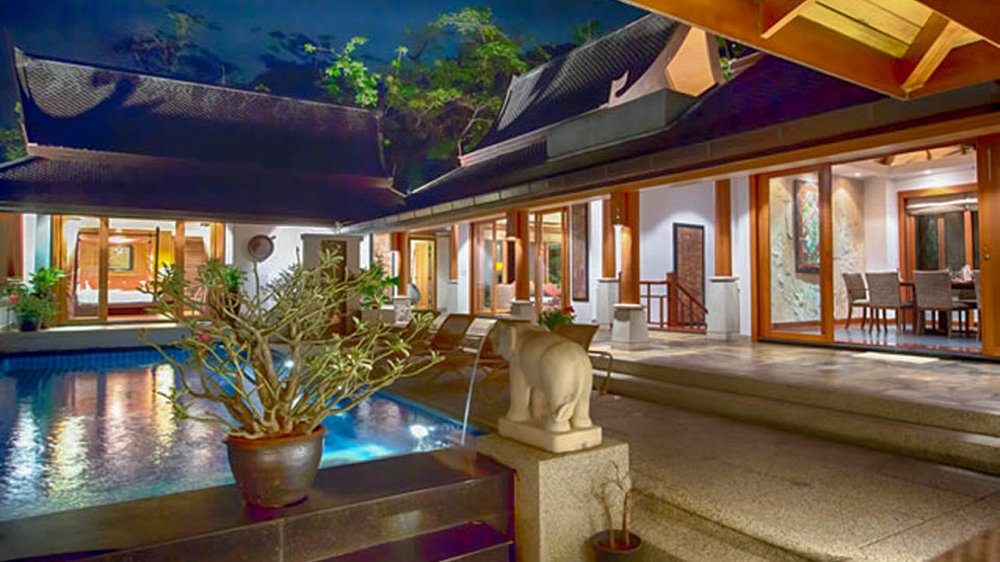How to design a luxury hotel
As temperatures plunge and the days get shorter, many of us here in the LA London office have been dreaming about holidays in warmer climes. As well as providing rest and relaxation, a holiday is a chance to draw inspiration from new environments, cultures and architectural styles.
We’ve completed a number of exciting hospitality projects both in the UK and overseas – each one distinct to the needs of the company and its patrons or guests. Each also presents new and rewarding challenges – whether it’s preserving or restoring original features, getting to grips with local planning laws, or factoring in extreme weather conditions.
Here are some of our key considerations when embarking on a hospitality project:
Staying on-brand
At the start of any hospitality project, we conduct a briefing and appraisal to gain a detailed picture of the brand we’re working with. The brand in question might be discreet or glamorous, cosy or challenging, rational or romantic; it’s our job to ensure those traits are inherent in the space we’re working on.
When we delivered a substantial extension for the Savoy Hotel, as well as the refurbishment of the famous front hall, we knew the importance of the art deco movement to its brand identity. Much of the original art deco design by interior designer Basil Ionides and architect Howard Robertson is retained today, including Robertson’s famous stainless steel Savoy sign from 1929.
Sir Howard Robertson's iconic Savoy sign.
Delivering the wow factor
We worked with English Heritage and Westminster Planning Department to retain much of this styling. The new exterior was clad in hand-finished, glazed ceramic tiles, manufactured to match the patina and hues of the original glazed bricks. The bathrooms were decorated using book-matched marble and mahogany panelling, complete with chrome fittings and accessories, to faithfully evoke the look and feel of the hotel’s heyday. And we concealed air conditioning units in new hand-made glass domes over the famous mahogany revolving doors of the hotel’s famous main entrance.
The staircase and chandelier at Privilege in St Petersburg.
A holiday represents an escape from everyday life, and a luxury hotel or restaurant should make an unforgettable first impression on its guests.
That might be through the skyline-defining silhouette of the building itself – like Dubai’s sail-shaped Burj Al Arab – or through the impact of the reception or communal areas.
LA London worked on an internal fit-out of a five-star serviced apartment building in St Petersburg with interior designers Lambart & Browne. With breathtaking views over the river Neva, the new, double-height reception space includes a striking spiral staircase and a vast chandelier that falls two stories, delivering that wow-factor in abundance.
Creating a sense of place
A hotel’s wider environment can be a key influence on its design. This might mean that a building is designed to withstand particular weather conditions – extreme heat, tropical storms or earthquakes – or that it incorporates features typical of a nation or culture.
One of our favourite recent hospitality projects was our design for a collection of luxury chalets for the Sawan Estate on a Thai island.
The chalets were designed in the vernacular Thai style, with the distinctive steep gabled roof that allows rainwater to run off and hot air to disperse. We also made use of beautiful local wood such as teak, which is highly durable and resistant to water – ideal for the rainy season.
Delivering the best facilities
One of the ways a luxury hotel can offer a truly relaxing experience is by incorporating luxurious health and wellness facilities such as a spa, swimming pool and fitness centre.
These facilities can be a wonderful way to showcase the standard of luxury, with awe-inspiring design, crystal clear water, beautifully detailed stone floors, spectacular lighting and generous changing facilities.
The pool and fitness centre at the Star & Garter.
LA London has established a reputation for fitting leisure suites in many of London’s principal listed buildings. For the Star & Garter in Richmond Hill, a former military hospital that now houses 87 prime apartments. We inserted a beautiful mosaic-tiled swimming pool in the building’s historic grand hall, originally built as an exercise hall, which features the original ornate plaster ceiling, now with added gilded decoration. Stunning heated marble daybeds are positioned alongside the gym and look out onto the formal gardens with Turner’s famous view of the Thames below.
Acquiring local knowledge
Overseas hospitality projects require detailed knowledge of local planning laws and any regulatory hurdles so we will always team up with an appropriate local specialist in order to ensure that the project follows the correct procedures.
As well as conducting thorough research and risk assessments from the outset, we are committed where possible to maintaining a site presence throughout construction. This allows us to successfully communicate the design to the building contractor and to address any issues in a timely and effective way.
A hospitality project completed by LA London in Thailand
We also strive to understand and respect the customs and culture of local consultants and contracting teams so that working relationships remain transparent and positive. Our extensive experience and tried-and-tested processes are teamed with clear and diplomatic communication skills to ensure all parties are fully informed and motivated to deliver on time and within budget.




